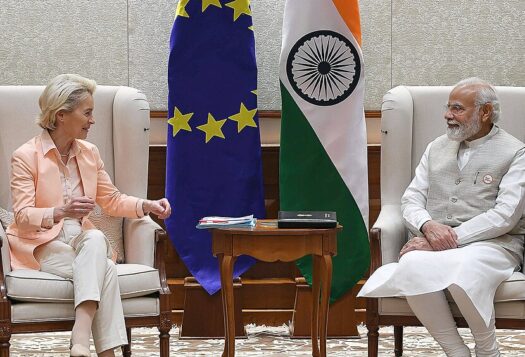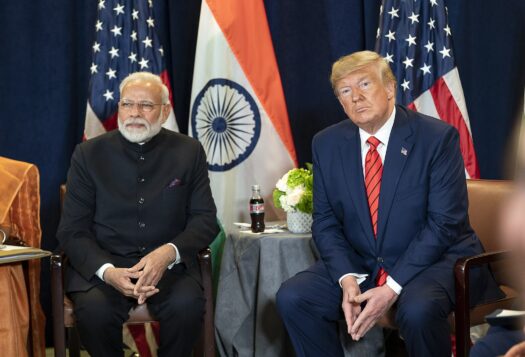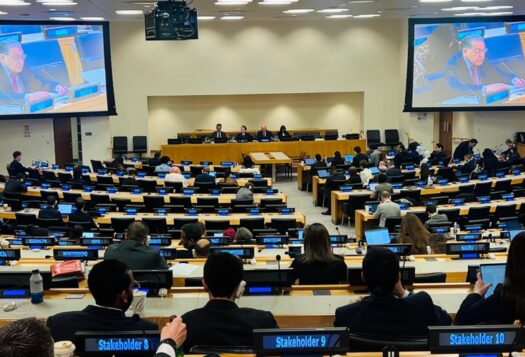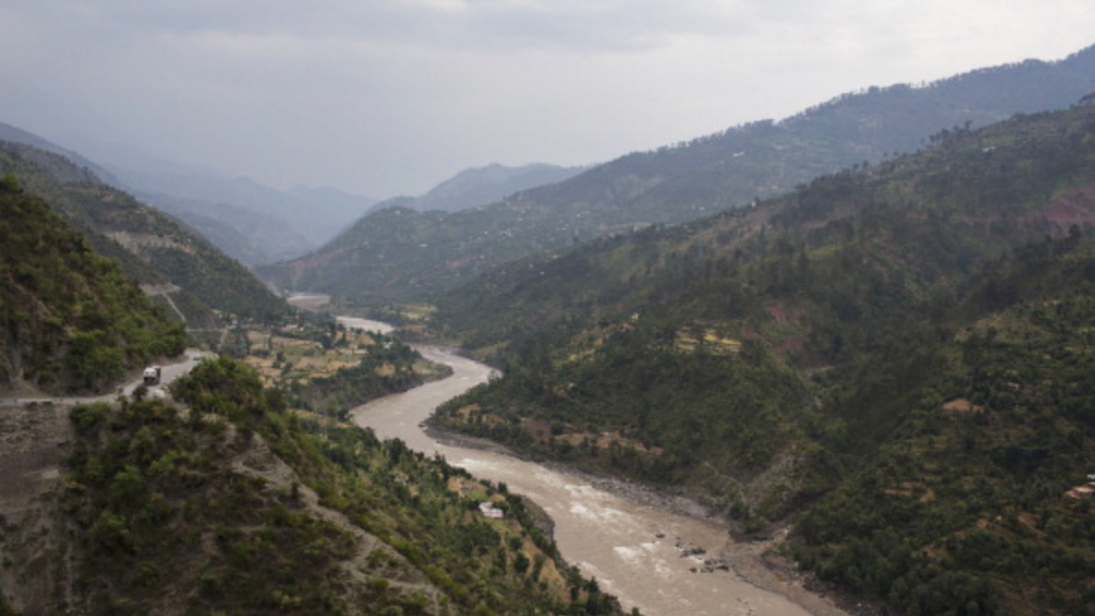
An Indian daily recently reported that the Pakistani Maritime Security Agency (PMSA)—the principal Pakistani law enforcement agency along the International Maritime Demarcation Line (IMDL)—had apprehended several Indian fishermen for allegedly “crossing over” to the Pakistani side. This news came on the heels of the PMSA’s Indian counterpart—the Indian Coast Guard (ICG)—arresting Pakistan fishermen on similar grounds. These incidents have focused our attention to a largely unexamined maritime dimension of the India-Pakistan conflict.
At a time when both India and Pakistan are reorienting their foreign policies from the continental to the maritime, the sea is likely to emerge as an enduring theater of conflict between both countries. China has brought the maritime realm back into focus by making heavy investments in Gwadar—a port located along the Balochistan coast in Pakistan—in addition to making land investments.
India can limit China’s incursion into its maritime domain by directly engaging with Pakistan on the maritime issue, including by formalizing the maritime boundary between the two countries and resolving the Sir Creek issue—involving the delineation of the 96 km estuary along the Sindh/Gujarat coast. The resolution of this conflict can also act as an effective Confidence Building Measure (CBM) between the two countries, granting them the opportunity to collaborate on nontraditional security issues and creating a larger forum for deliberation and negotiation.
Maritime Dimension of the India-Pakistan Conflict
The maritime boundary between India and Pakistan remains undefined over 70 years after independence and partition. While Pakistan claims Sir Creek in its entirety and argues that the Bombay Resolution of 1914 supports its claims, India states that the division of the creek should follow the Thalweg principle: it supports dividing the creek in the middle since the creek is navigable during high tide.
India can limit China’s incursion into its maritime domain by directly engaging with Pakistan on the maritime border resolution.
An emerging Chinese presence in South Asia-adjacent waters can lead to the escalation and militarization of what both India and Pakistan have historically regarded as a lower priority dispute. China’s rise has engendered a more nuanced understanding of the maritime domain in both India and Pakistan’s foreign policies. Within this context, a delay in resolving this maritime conflict could pose an imminent challenge to both India and Pakistan at the international and domestic levels.
The maritime border issue has acquired renewed international significance after the resurgence of the Taliban in Afghanistan: the region, especially along India’s Gujarat coast, is playing host to Pakistani drug syndicates who are using this maritime route to transport psychotropic substances into mainland India. The Indian Navy has recently intercepted a major drug haul along the Gujarat coast confirming existing suspicions about the region being used as a transit route for the supply of drugs. This further illustrates how lack of resolution could contribute to the spread of non-state-actor-driven conflicts across borders.
Domestically, the Sir Creek region constitutes a key fisheries source for both Indian and Pakistani fishermen. However, the entry of fishing vessels dangerously close to the un-demarcated boundaries often leads to their unwanted arrest. These arbitrary arrests of fishermen on both sides indicate the rise of a potential humanitarian crisis in the making — with 550+ Indian fishermen currently in Pakistani jails and another 73 Pakistani fishermen residing in Indian jails.
At the domestic level, exigencies associated with local/domestic politics have interfered with the resolution of the dispute. For example, in 2012, Indian Prime Minister Narendra Modi—Chief Minister of Gujarat at the time— made the border delineation an emotive issue when he referred to the creek as his Dil Ka Tukda (piece of his heart) that the then-central government had surrendered to Pakistan. He used rhetoric to stir up passions in the then-poll-bound border state of Gujarat, setting back the possibility of developing subnational diplomatic ties between Gujarat and Sindh regions.
Impending Resolution & Humanitarian Costs
The resolution of the Sir Creek issue and the delineation of the maritime boundary can become a critical CBM between India and Pakistan—enabling both states to claim up to 350 miles (648 kms) of Exclusive Economic Zone (EEZ) out of the sea. At a time when both states are keen to enhance their naval and maritime capacities, access to this EEZ can bring economic benefits to both countries.
The resolution of this conflict would also be a boon for the fishermen who navigate the waters of this region and are arrested by the law-enforcement agencies on either side by the ICG and the PMSA. The arrest of fishermen is an everyday occurrence off the coast of Gujarat/Sindh, making it a sensitive regional issue for the respective provincial governments as well.
Intended talks on the maritime issue through backchannel diplomacy can allow both India and Pakistan the opportunity to activate their diplomatic channels again. Resolving this issue can prompt the two sides to negotiate on other nontraditional security issues like trade and water security, building goodwill.
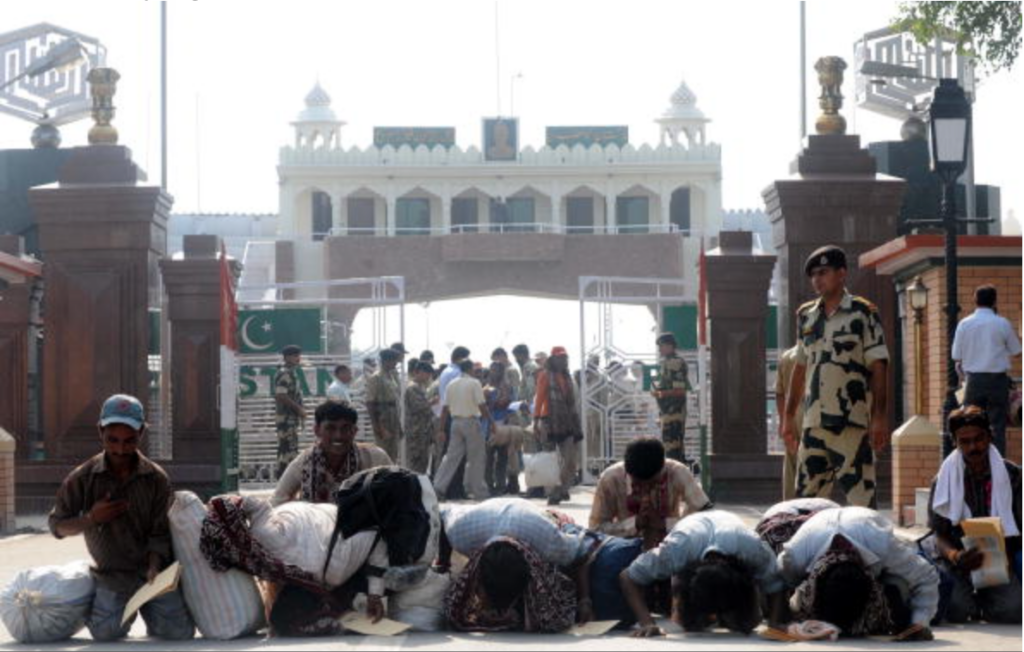
Moving Ahead
It is important that India and Pakistan establish a precedent for maritime CBMs given their evolving strategic priorities and China’s increasingly militarized regional presence. As it has prepared itself for conflict with China, India has devised a grand strategy based increasingly on a maritime understanding of India’s foreign policy goals. India’s strategic establishment has even justified this shift through drawing inspiration from its ancient history. The shift can largely be attributed to evolving geopolitics in the region, especially Chinese belligerence across the high seas in South Asia and elsewhere. The formation of forums like the Quadrilateral Security Dialogue (QUAD) and the Indian Ocean Regional Association (IORA) have enabled India to push this agenda as renewed understanding of geographical constructs has enabled India to pursue its “Indo-Pacific” strategy.
While India has invested resources in its maritime defense, Pakistan has revitalized its naval force to maintain strategic parity with India and acquired sophisticated naval weaponry from China in the form of PNS Tughril-Type 054A/P frigate. Pakistan is likely to acquire Hangor class submarines from China as well.
A resolution of the maritime conflict between India and Pakistan requires greater confidence between the navies of both countries who must be equal participants in the talks.
Meanwhile, Pakistan has called for the creation of a “blue water navy” to guide the country’s economic growth and called for a prescriptive shift from geopolitics to geo-economics in its National Security Policy Document to meet the everyday needs of the Pakistani people. Nonetheless, the navy’s continued dependence on China to meet its procurement needs rings regular alarm bells in India. India sees these procurements as attempts by China to militarize the littorals dotting this region.
These procurements have generated “enduring security dilemmas” in the region making both navies insecure, leaving little scope for conflict resolution. The maritime dimension of the India-Pakistan conflict is a casualty of this inbuilt security dilemma that has come to inform our understanding of the behavior of the respective naval forces.
A resolution of the maritime conflict between India and Pakistan requires greater confidence between the navies of both countries who must be equal participants in the talks. Political representatives must not allow domestic politics to play hostage and derail the negotiation process. A timely resolution of the maritime boundary issue can then act as a catalyst and help India and Pakistan address more complex issues especially in the non-traditional security domain such as those concerning water security, providing both the states an opportunity to meaningfully engage with each other.
***
Image 1: Bloomberg via Getty Images
Image 2: Narinder Nanu/AFP via Getty Images
